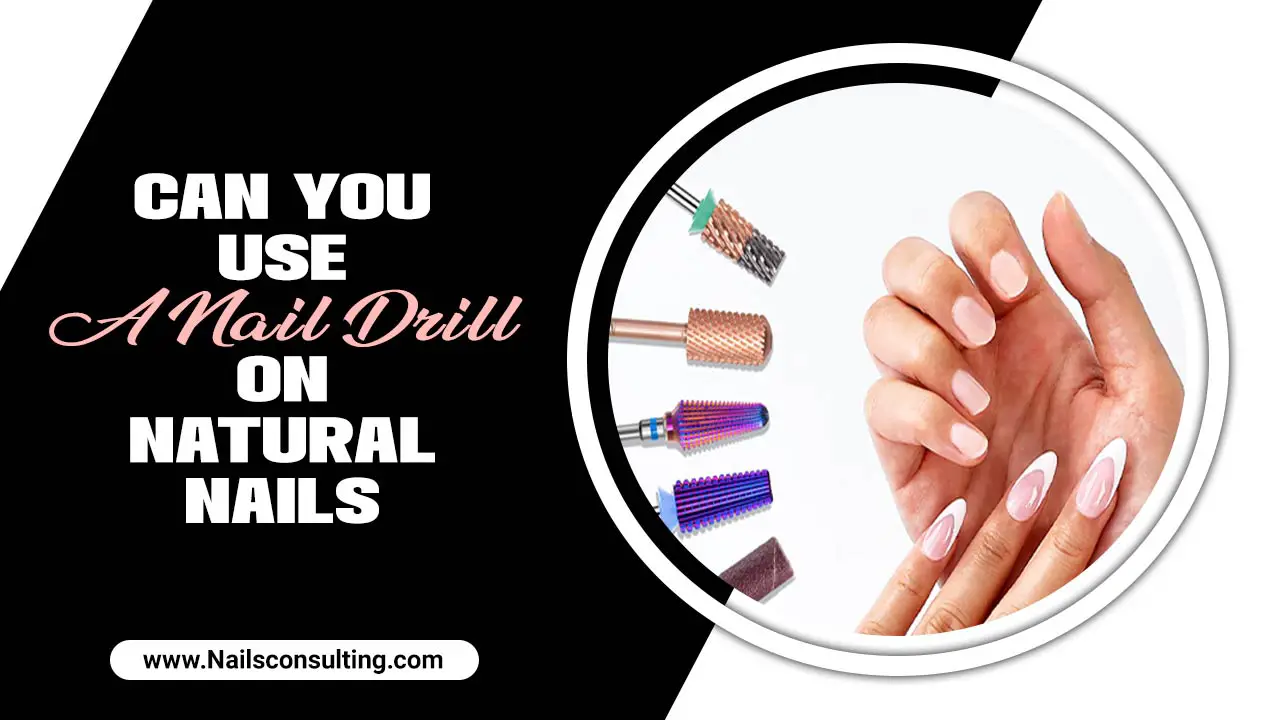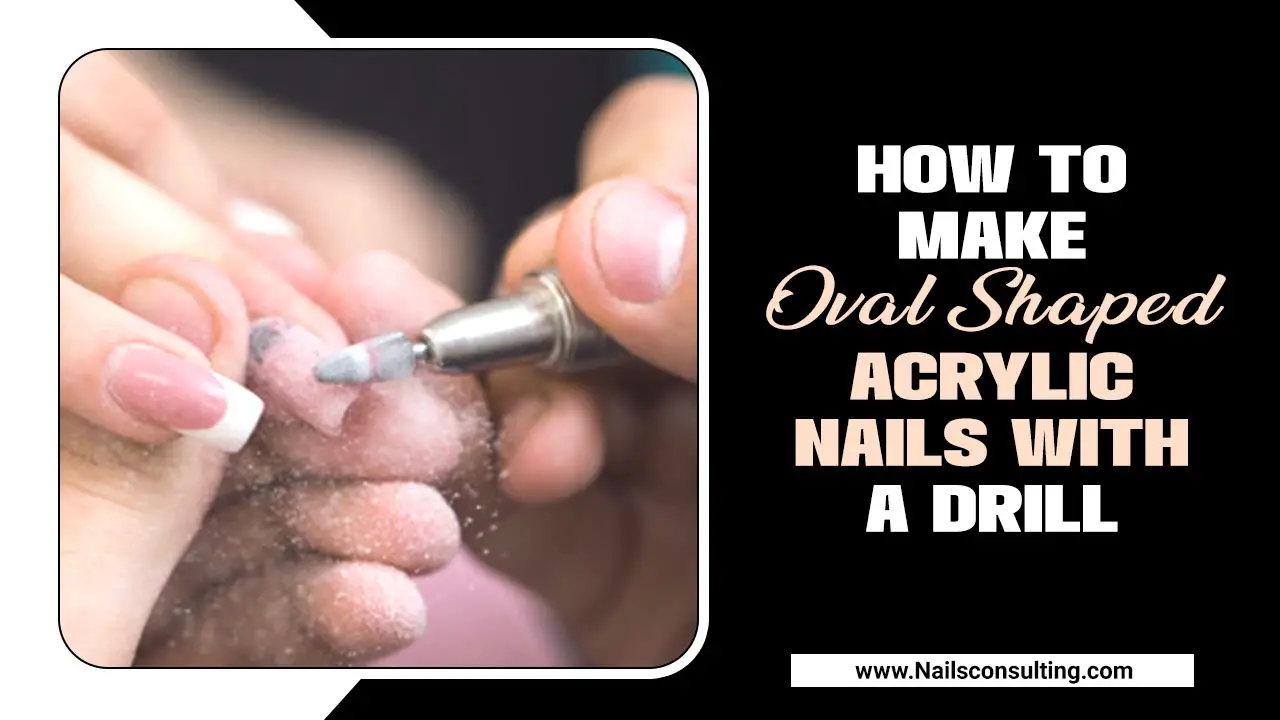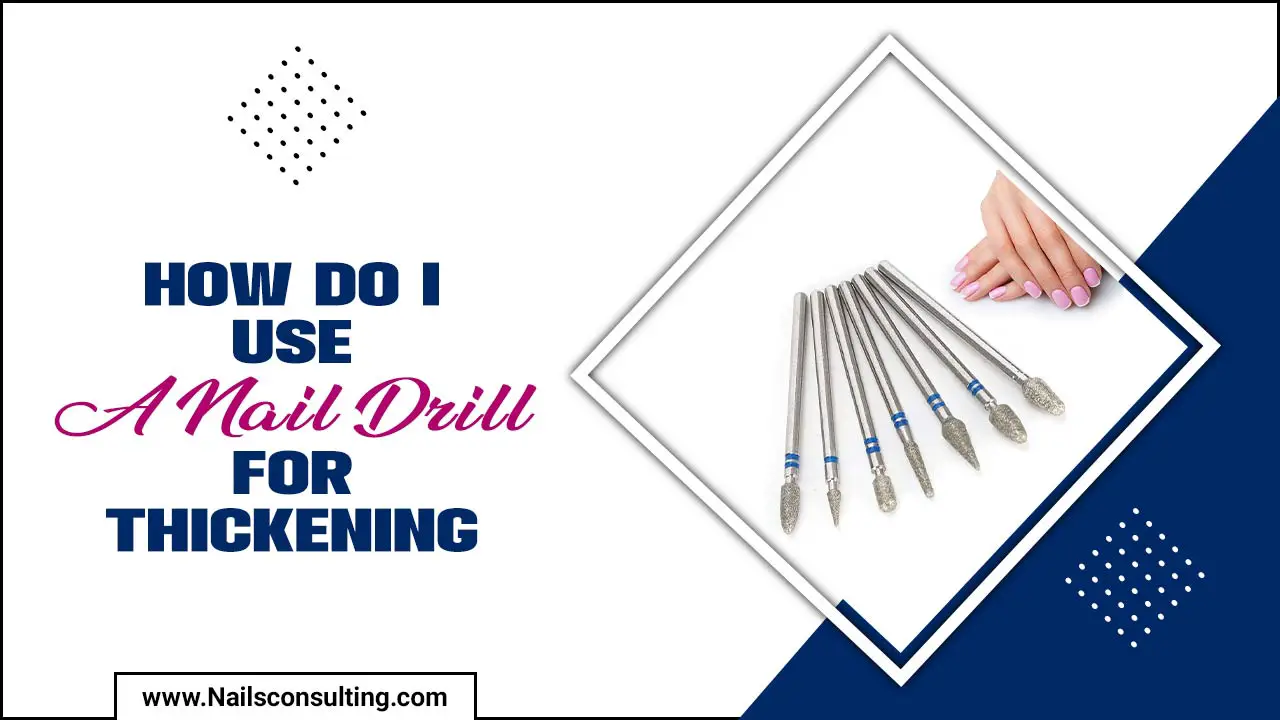Nail art and manicures have become increasingly popular in recent years, and with that, the tools and techniques used to achieve unique and intricate designs have also evolved.
One such tool that has gained prominence is the nail drill, known for its precision and versatility in carving and shaping nails. While most people are familiar with using a nail drill for filing and buffing, its potential for creating intricate designs and nail art is often overlooked.
We will explore how do I use a nail drill for carving. Whether you are a nail technician looking to expand your skills or a DIY enthusiast wanting to take your nail game to the next level, this guide will help you master the art of using a nail drill for carving. So, grab your drill, sit back, and get ready to elevate your nail art game to new heights.
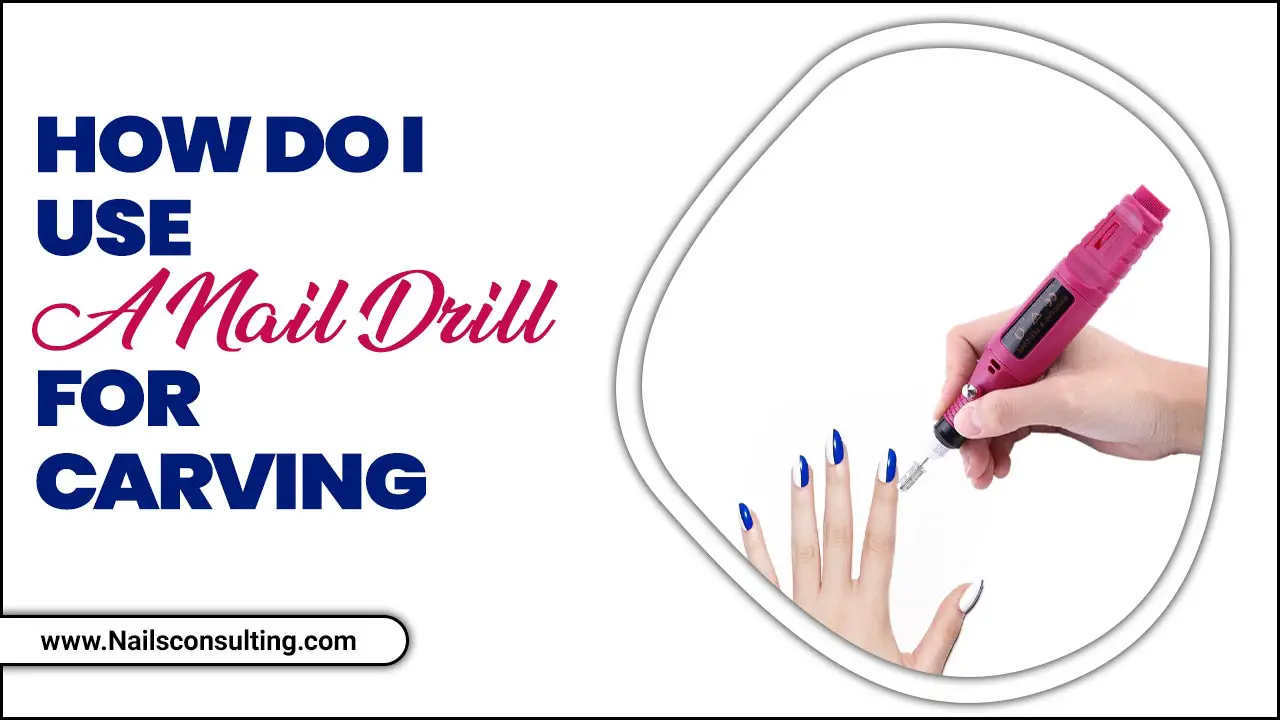
Types Of Nail Drill
There are a few different types of nail drills available on the market, so it’s important to choose one that suits your needs. One option is an electric nail drill, which offers more power and control for intricate carving designs. Another option is a portable nail drill, which is lightweight and easy to travel with.
Consider the speed settings of the nail drill as well, as higher speeds are typically better for carving. Ultimately, the best type of nail drill for carving will depend on your skill level and personal preference. Be sure to do your research and read reviews before making a purchase to ensure you find the perfect nail drill for all your carving needs.
How Do I Use A Nail Drill For Carving- 5 Steps
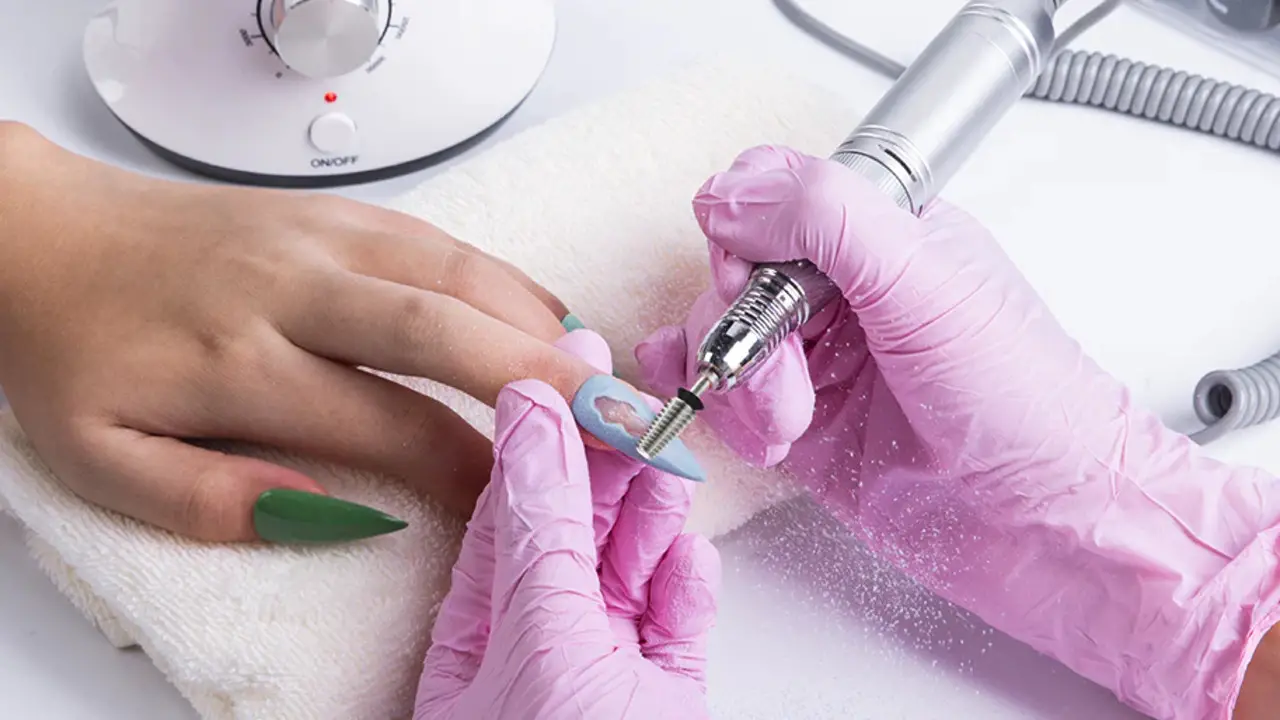
A nail drill is a versatile tool that can be handy for various nail care tasks. It is commonly handy in professional nail salons but can also be handy at home by individuals who want to achieve salon-quality results. A nail drill typically consists of a handheld device with different attachments or bits that can be interchanged depending on the desired task.
Using a nail drill for carving can be a great way to add intricate designs and details to your nails. Remember, practice makes perfect when it comes to using a nail drill for carving. With time and patience, you’ll be able to create beautiful designs on your nails with ease. Here are 5 steps to help you use a nail drill for carving:
1. Familiarize Yourself With The Nail Drill
To effectively utilize a nail drill for carving, it is essential to familiarize yourself with its various components and functions. A nail drill is a versatile tool widely handy for shaping, filing, and carving nails in the professional nail industry.
When using a nail drill for carving, following proper safety protocols and techniques is crucial to achieve optimal results. It is important to understand the different components of a nail drill. These typically include a handpiece, which houses the motor and the drill bit, and a power source, usually an electrical outlet or a rechargeable battery. It is essential to ensure the drill bit is securely attached to the handpiece before use.
2. Choose The Proper Attachment
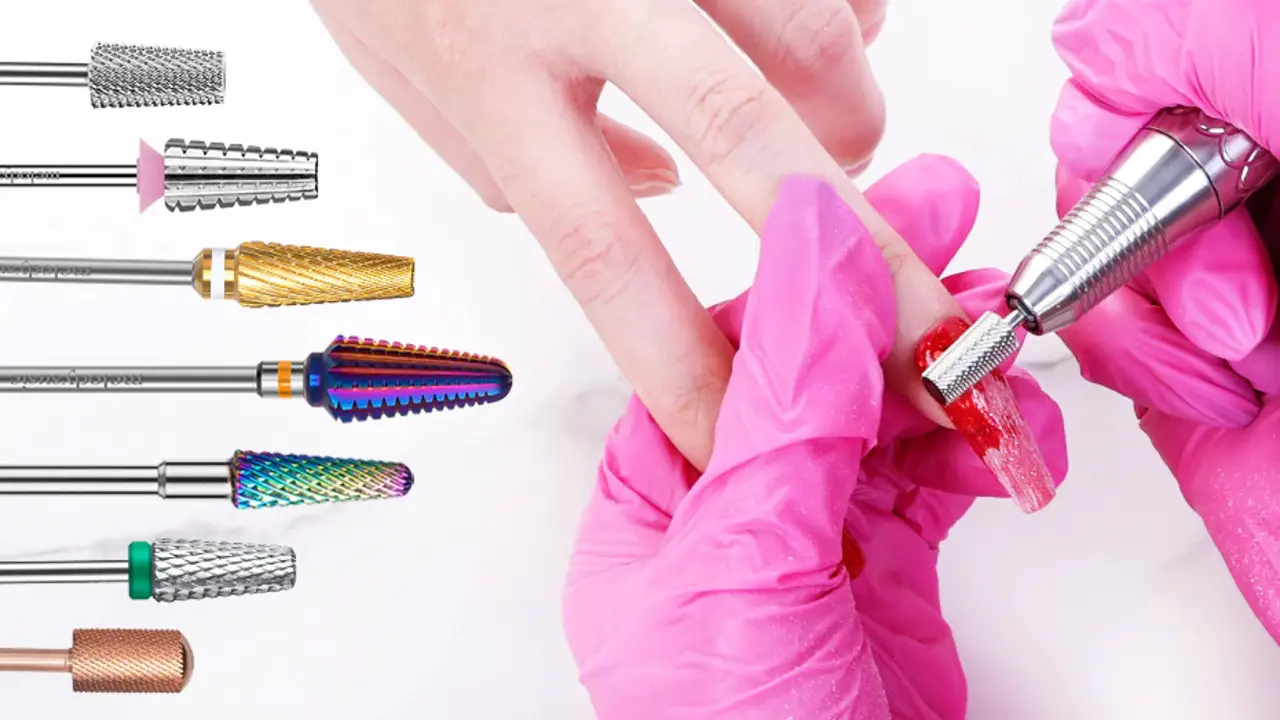
Regarding carving with a nail drill, choosing the proper attachment for the task at hand is essential. A nail drill is a versatile tool that can be handy for various purposes, from filing and shaping nails to intricate carving designs. However, using the right attachment is crucial to achieve optimal results and ensure safety.
Before starting, assessing the carving project and determining the desired outcome is important. Different attachments serve different purposes, so selecting the appropriate one is essential. For example, a carbide or diamond bit would be suitable if you want to remove bulk material or create deep grooves. These attachments are famous for their durability and precision, making them ideal for intricate carving work.
3. Prepare The Nail
Using a nail drill for carving can be a game-changer for achieving intricate nail designs. But before you dive into the world of nail carving, it’s important to properly prepare the nail to ensure a successful and safe experience.
To begin, gather all the necessary tools and materials: a nail drill with a carving bit, a nail file, a buffer, cuticle oil, and a dust brush. Start by gently filing the nail to your desired shape, whether square, oval, or almond. This will create a smooth surface for the carving process. Then, use a buffer to gently buff the nail, removing rough edges and creating a clean canvas for the design.
4. Start With A Low Speed
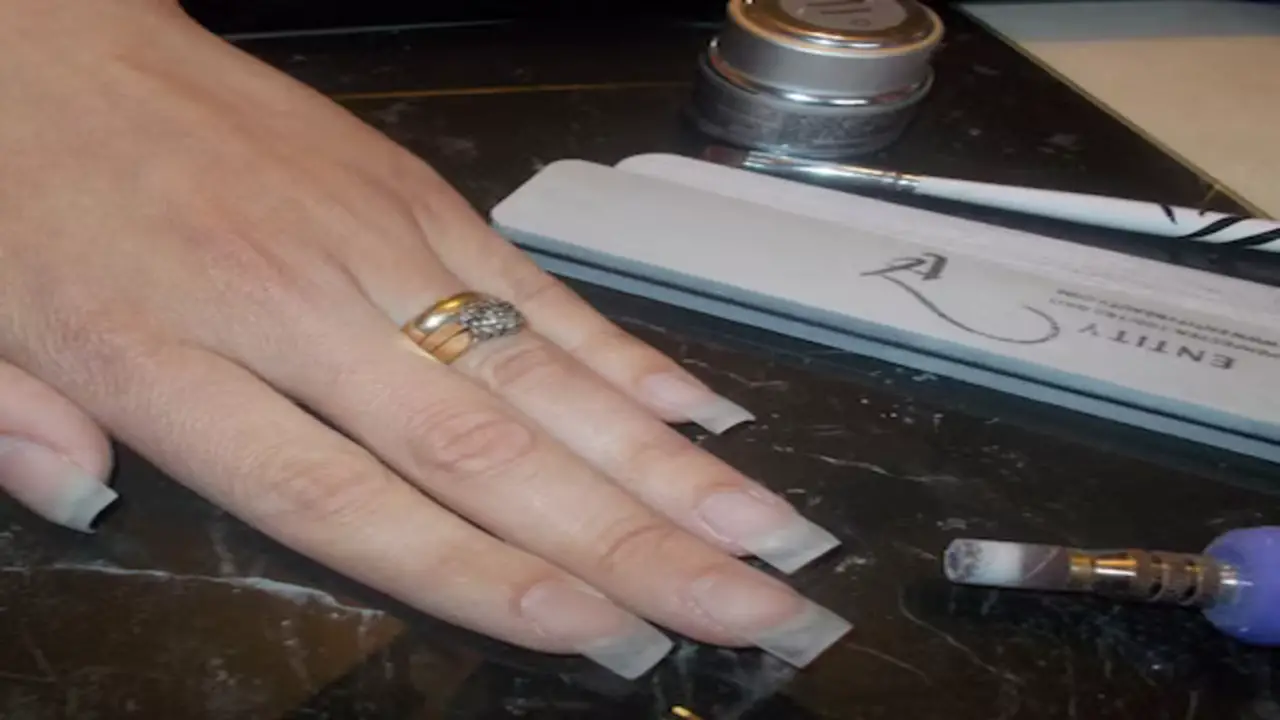
Regarding using a nail drill for carving, starting with a low speed is important. The nail drill is a versatile tool that can be handy for various purposes, including shaping and carving nails. However, it is crucial to approach the process with caution and precision. Starting with a low-speed setting can ensure better control and minimize the risk of damaging the nails.
Ensure the nail drill is properly sanitized, and the carving bit is securely attached. It is recommended to start with a fine-grit bit for more intricate designs. Once everything is set up, adjust the speed setting to the lowest level. This will allow for a gentle and controlled movement, especially if you are a beginner.
5. Begin Carving
Carving intricate designs requires precision and the right tools. The nail drill is one such tool that has gained prominence in nail art. Nail drills are versatile devices that can be handy for various purposes, including carving.
To begin carving with a nail drill, you must have a steady hand and a clear idea of the design you want to create. Before starting, ensure that your nail drill is equipped with a carbide or diamond drill bit, providing the necessary strength and precision for carving. Select a low-speed setting on your nail drill to avoid damaging your nails.
What Safety Measures Should Be Taken While Carving Nails?
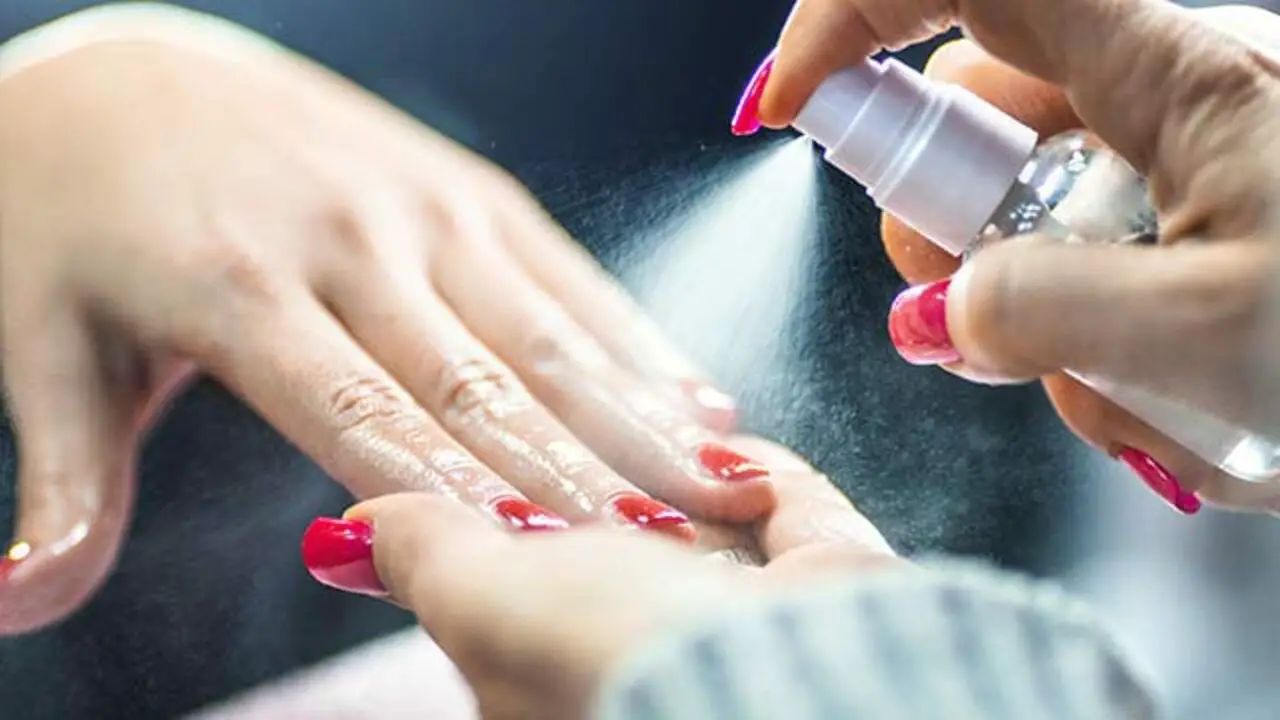
Regarding nail care and grooming, it is important to prioritize safety measures to ensure a risk-free experience. Carving nails, whether at home or in a professional setting, requires careful attention and adherence to safety protocols. First and foremost, it is essential to maintain a clean and sanitized environment. This involves regularly disinfecting all tools and surfaces to prevent the spread of bacteria or infections.
- Always use sharp and clean nail carving tools to minimize the risk of injury.
- Prioritize proper hand and tool hygiene by washing hands thoroughly before and after the nail carving.
- Use proper lighting and ensure a well-ventilated area to have clear visibility and minimize exposure to harmful fumes.
- Be cautious while handling sharp tools, ensuring they properly store and not accessible to children or pets.
- Take regular breaks during the nail carving to prevent fatigue and maintain focus, reducing the risk of accidents.
- Avoid excessive force or pressure when carving nails to prevent accidental slips or cuts.
- Keep nails manageable to prevent them from becoming too difficult to carve safely.
- If using electric nail carving tools, follow the manufacturer’s instructions and take precautions to avoid electric shocks or burns.
- Consider wearing protective gloves to minimize the risk of injury and protect your hands from chemicals or sharp objects.
- If any cuts or injuries occur during the process, clean the wound immediately and apply appropriately.
What Are The Disadvantages Of Sculpting Nails?
Sculpting nails is a popular technique in the beauty industry, but it is important to consider the potential disadvantages that come along with it. One of the main drawbacks of sculpting nails is the time and effort required to achieve the desired results. The sculpting process involves shaping and filing the nails, applying multiple layers of acrylic or gel, and then meticulously sculpting them into the desired shape.
- Time-consuming process: Sculpting nails can be a time-consuming process as it requires precision and attention to detail.
- Costly: Sculpting nails can be more expensive compared to other nail enhancement techniques as it often requires specialized products and equipment.
- Potential damage to natural nails: If not done properly or if the nails are not properly maintained, sculpting nails can damage the natural nails, such as thinning or weakening.
- Maintenance required: Sculpted nails usually require regular maintenance and fillings to keep them looking their best, which can be time-consuming and costly.
- Limited durability: Sculpted nails may be more prone to breakage or chipping than other nail enhancement techniques, especially if exposed to rough activities or harsh chemicals.
- Allergic reactions: Some individuals may be allergic to the products used in sculpting nails, leading to skin irritation or other allergic reactions.
Are Nail Drills Hard To Use?
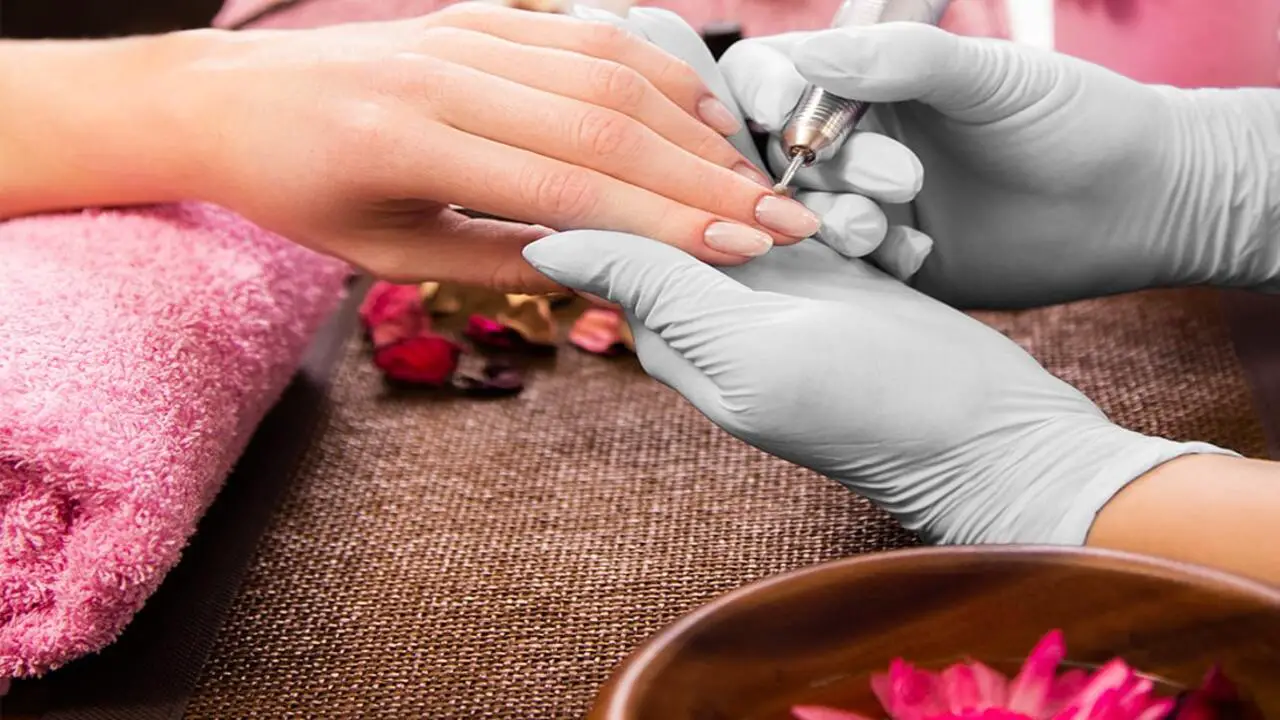
Nail drills can be intimidating for beginners, but with practice and the right technique, they can become easier to use. The key is to start slow and gradually increase the speed as you gain confidence and experience. It’s important to familiarize yourself with the different bits and their uses, as well as proper nail drill safety precautions.
Additionally, investing in a high-quality nail drill with adjustable settings and ergonomic design can make the process much easier and more comfortable. With patience and persistence, you’ll soon find that using a nail drill is a skill that can be mastered.
Conclusion:
Using a nail drill for carving is not just a simple task. It is an art form that requires the right techniques and tools. With the right techniques and tools, a nail drill for carving can elevate your nail art to the next level. It may take some practice to master, but the possibilities are endless once you get the hang of it.
Remember to prioritize safety and proper sanitation when using a nail drill, and don’t be afraid to experiment with different designs and techniques. With patience and dedication, you can achieve stunning and intricate nail art with the help of a nail drill. If you read the above information properly, we hope now you understand how do i use a nail drill for carving.
FAQ:
1.What Is A Nail Drill, And How Is It Handy For Carving?
Ans: A nail drill is a handheld device handy for shaping and carving nails. To use it for carving, you would select a suitable carving bit, adjust the speed and direction of rotation, and gently guide the drill along the desired area to create intricate designs or remove excess material.
2.What Safety Precautions Should I Take When Using A Nail Drill For Carving?
Ans: It is important to wear safety goggles and a dust mask to protect your eyes and lungs from flying debris. Additionally, start with a low speed and gradually increase as needed. Keep the drill perpendicular to the nail surface and avoid applying excessive pressure to prevent injury.
3.What Types Of Drill Bits Are Suitable For Carving With A Nail Drill?
Ans: For carving with a nail drill, you can use various drill bits, such as carbide bits or diamond bits. Carbide bits are ideal for removing bulk material, while diamond bits are great for creating intricate designs and detailing.
4.How Can I Effectively Control The Speed Of The Nail Drill While Carving?
Ans: Most nail drills have adjustable speed settings. It’s recommended to start at a lower speed and gradually increase it as needed. This allows for better control and precision while carving. Experimenting with different speeds will help you find the optimum setting for your carving needs.
5.How Do I Effectively Use A Nail Drill For Carving?
Ans: Begin by selecting the appropriate drill bit for your carving project. Hold the drill firmly, applying gentle pressure on the desired area. Move the drill steadily and control it, allowing the bit to do the carving work.

